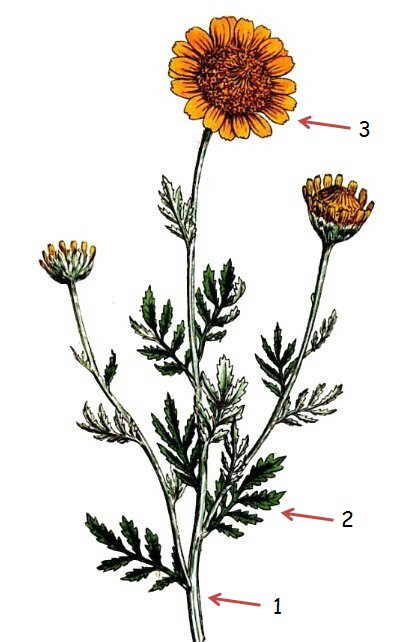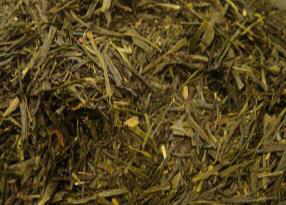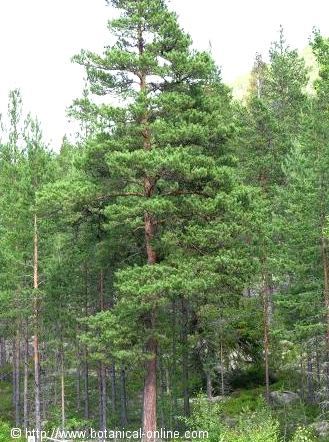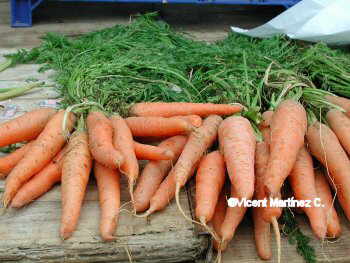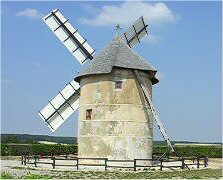Contents
How to grow Swedish ivy
Swedish ivy plant
Common name: Swedish Ivy, Swedish Begonia, Creeping Charlie
Scientific name: Plectranthus verticillatus
Taxonomic synonym: Ocimum verticillatum, Ocimum racemosum, Plectranthus thunbergii.
Family: Mint family (lamiaceae or Labiatae)
Habitat: Plectranthus verticillatus is a plant native to southeastern Africa and widespread today as an indoor plant almost everywhere.
Swedish ivy botanical characteristics
Swedish ivy is a prostrate or ascending perennial plant of the mint family. This botanical family is characterized by very aromatic essential oils.
It grows no higher than 30 cm, with fibrous roots and semi-succulent branches, glabrous and slightly pubescent;. These branches can be green or purple. Unlike what it may seem by its common name, “Swedish ivy” is neither a creeper nor belongs to the family of ivy.
It shows succulent oval leaves. Petioles 1.6 – 5 cm long; 1.2 to 5 centimeters wide. Acute apex rounded. Toothed margins. Each leaf with 3 and 6 pairs of teeth. Fleshy texture, pubescent, hairs being thicker on the back of underside. Petiole between 0.6 to 3 cm.
The inflorescence is the same typical one than in other Labiatae plants, such as rosemary or sage. Flowers small. Blue or purple calyx, 2.5 mm wide; 7 mm long. Corolla 10 mm long. It blooms throughout the year.
An ornamental plant
Swedish ivy is widely used as a houseplant not only for its bold and beautiful color, but it is said that, if you grow it, you will never miss any money. To be so, it is important it was given to you as a gift. So, considering it provides good fortune to people in some places, it is also called in some countries “money plant”
If you have this plant, we can not warrantee any economic prosperity, however, it is true that Swedish ivy is an ideal houseplant. It can be placed inside the house, where it decorates it.
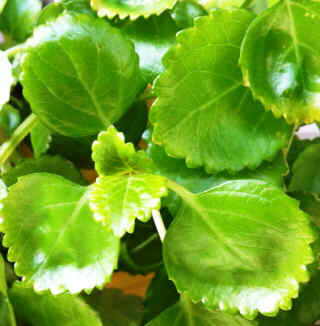
In the image: Swedish ivy leaves
Swedish ivy growing
– Light: It attains a rapid growth in partial shade. It is important for the plant to receive natural light, placing it near windows or balconies when grown indoors. Avoid direct sunlight because sun exposure can burn its leaves.
– Humidity: This plant needs a moist environment to thrive. It does not tolerate drought.
– Temperatures: hot weather, with no extreme cold seasons. Avoid exposure to temperatures below 5 ° C. Average temperature not lower than 15 º C. It does not tolerate frost, so, during the cold seasons, it is recommended to grow it indoors and keep it on the balcony or terrace during the rest of the year.
– Irrigation: It should be watered every 2-3 days in the warmer seasons and weekly in winter. It is important not to water it every day. Over watering encourages plant diseases. Fleshy leaves indicate us that it is not necessary to water this plant at the moment.
– Soil: well-drained, avoid water to be retained.
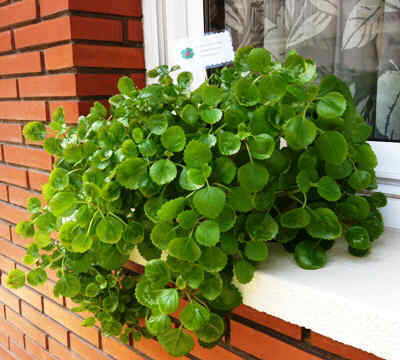
In the images above: photos of Swedish ivy where you can see its hanging or creeping growth and its pretty bright green color.
How to propagate Swedish ivy
Swedish ivy is mainly propagated by cuttings. In this way, we can obtain new plants with the same genetic code. Cuttings can be cut at any time, but preferably in spring or autumn.
Cuttings must be planted in pots or hanging baskets or in the ground (preferably in a dark place to keep moisture). Keep soil well drenched although slightly moist during the first week after transplantation.
Subsequently, apply a more spaced watering preventing the soil to become dry. Keep your cuttings in a warm and illuminated place. You’ll be surprised how fast it grows!
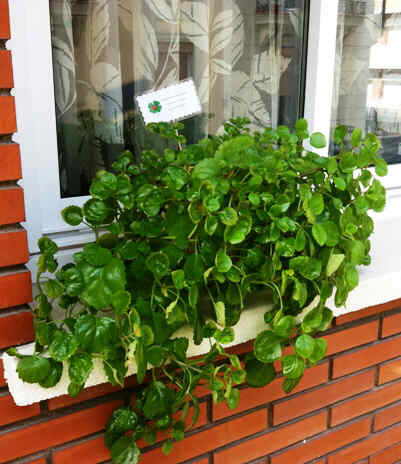
Swedish ivy diseases and specific care
– It does not produce many flowers: it may be appropriate to increase sun exposure. Plants that receive little light usually take a lot of time to bloom or they produce few flowers.
– Spots on leaves or leaf discolouration: This is very common in this plant. It is caused by excessive irrigation. Space out the watering period of this plant.
NOTE:
Many growers use the synonym Plectranthus australis for this plant. This is not correct. Plectranthus australis R. Brown is synonymous of Plectranthus australis parviflorus Willdenow, a plant of Australian origin.
There is another plant called Creeping Charlie (Pilea nummulariifolia), also known in some regions as money plant. In this case, it is a species of the Urticaceae family.
![]() More information on other plants.
More information on other plants.


